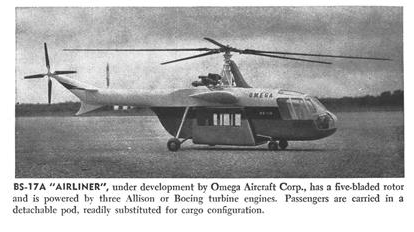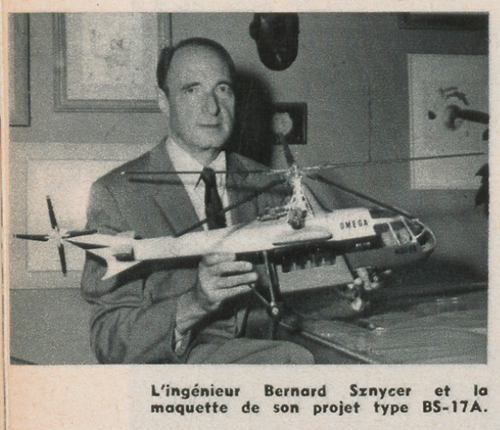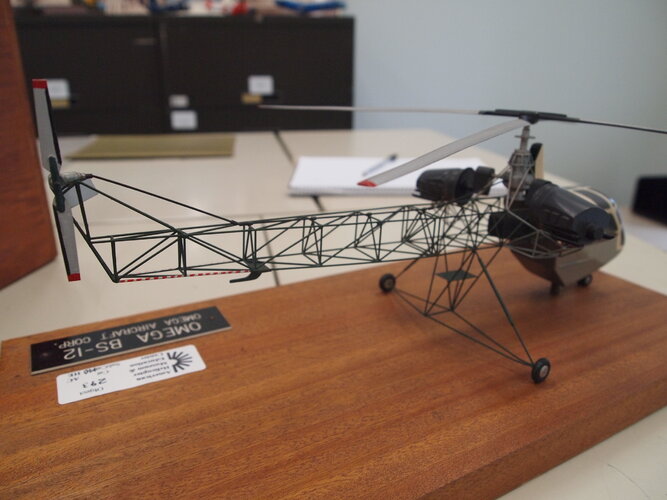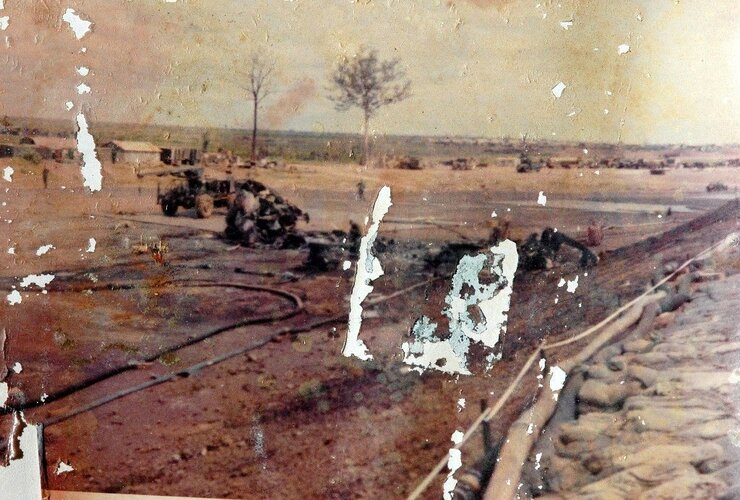The following may be of interest.
Launched by a short-lived company, Intercity Airlines, the SG Mark VI was designed by a unique team, Polish engineer Bernard W. Sznycer and female American engineer Selma G. Gottlieb, which was based for a time in Montreal, Quebec. It was arguably one of the most advanced and innovative helicopter of its day. Designed to minimize vibrations and facilitate production, the SG Mark VI first flew in July 1947. Canada’s Department of Transport awarded a Certificate of Airworthiness to a second prototype, in April 1951. The SG Mark VI was the first helicopter designed within the British Commonwealth to be so honored. Sadly, by then, American helicopters all but dominated the civilian and military markets. The SG Mark VI was abandoned during the winter of 1953-54 and both Sznycer and Gottlieb returned to the United States.
Although severely affected by the abandonment of the Grey Gull, Sznycer founded Omega Aircraft in New Bedford, Massachusetts, in December 1953, and developed a new helicopter, the SB-12 / BS-12. A prototype of this robust, easy-to-maintain and quasi-revolutionary twin-engine helicopter, the first flying crane in history in fact, flew in October 1956. A famous helicopter test pilot and friend of Sznycer, Fred W. “Slim” Soule, was at the controls.
Several innovative elements of the BS-12 originated from discussions with leaders of what was then one of the largest, if not the largest civilian helicopter operator in the world, Canada’s Okanagan Helicopters of Vancouver, British Columbia. These individuals included Carlyle Clare “Carl” Agar, the firm’s Vice-President of Research and a well-known pioneer in the use of the helicopter for civilian purposes in Canada sometimes known as Mr. Helicopter.
Mind you, Sznycer was also working on the plans of a smaller helicopter in the spring of 1958.
As of 1960, eight BS-12s were on order. The first delivery, to Aero-Boeing of Seattle, a firm owned by the son of the founder of Boeing Airplane, William Edward Boeing, Junior, took place in August 1959. Okanagan Helicopters was planning to take on three BS-12s for its newly founded Copter Cabs subsidiary. The latter was an executive transport service scheduled to operate in the Vancouver / Victoria area of British Columbia. For some reason or other, the firm’s management decided to drop its order. The Department of Public Works of Massachusetts seemingly dropped its order for one machine around the same time.
Indeed, despite constant efforts on the part of Omega Aircraft’s management, most potential customers shunned the BS-12. Efforts made by some investors to impose themselves around 1959-60, to the chagrin of others who gradually withdrew their support, probably did not help.
By 1961, if not 1959, Sznycer was working on an improved BS-12 and on a three-engine turboshaft-powered transport version of this helicopter. These projects went nowhere. Even so, the BS-12 received its American Type Certificate in April 1961.
By then, the much bigger and more powerful S-60 flying crane / proof of concept prototype developed by the Sikorsky Aircraft Division of United Aircraft had been flying for slightly more than two years. The production version of Sikorsky Aircraft’s helicopter, the far more powerful S-64 Skycrane, flew for the first time in May 1962. The United States Army bought its first CH-54 Tarhe in June 1963. The new machine proved extremely successful. While most of the Skycranes produced by the firm carried military colors, a few went to commercial operators from 1968 onward.
Back in 1963-64, Omega Aircraft became the subsidiary of Allied Aero Industries of Syracuse, New York. This reorganization was unsuccessful, however. Marketing of the BS-12 was suspended around 1965. A final derivative of the helicopter, the seven-seat BS-15, did not go beyond the scale model stage. Omega Aircraft itself soon closed its doors, after having manufactured only three or four BS-12s. The firm manufactured no other helicopter.
Yet another firm, Aeronautical Research and Development of Boston, acquired the production rights of the BS-12 around 1967. No new example of the helicopter, now known as the RP-440, was produced. The same could be said of the TP-900 three-engine turboshaft-powered helicopter proposed around 1969-70 and designed for use with detachable pods / containers of various types.
Deeply affected by the commercial failure of the BS-12, Sznycer gradually abandoned aeronautical engineering to write, paint and sculpt. His Georgian / Russian American wife, the beautiful ex-actress, ballerina and teacher Katherine Sergava Sznycer, encouraged him in these activities. Indeed, this engineer translated The Gull / The Seagull, a famous play by Russian playwright Anton Chekhov. He even completed a theater play, No Man’s Land, in 1964. Bernard W. Sznycer died in New York City on 30 November 1970. He was only 66 years old
 en.wikipedia.org
en.wikipedia.org














